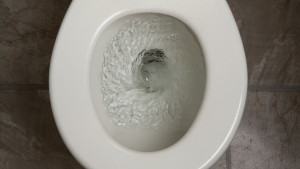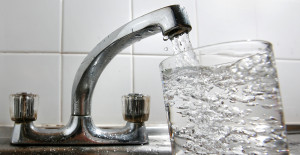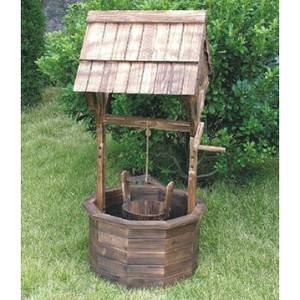I’m a food truck kind of guy, but I prefer to eat from places that have to follow the basic rules of sanitation. In North Carolina mobile food vendors have to be linked up with a physical kitchen (for cooling and prepping food) and even then they are inspected. Keeping food safe in a truck can be done, but it takes vigilance and a sense of hazard identification.
And not using water from a toilet.
Like what the Times of India reported about some street food vendors in Hyderabad, India.
Every sixth Hyderabadi taking street food is falling sick from food-borne infections (whoa, I’d like to see the data -ben), says a study that directly observed the hygienic practices followed by 500 food vendors and small restaurants in different parts of the city.
The most common ailments reported by denizens after eating street food or ‘stale’ food served by some established restaurants are diarrhea, abdominal pain, nausea and vomiting, reveals a study released to mark the ‘food safety’ theme on World Health Day.
And here’s why: The majority of street food vendors (423 out of 500 surveyed) were found drawing untreated water for cooking from nearby apartments, while only seven were using protective head cover. None were using protective gloves and almost all used nearby shops to dump their raw material overnight.
“Our team, which also communicated with customers, came across around 50 vendors with tobacco addiction, leaving the remnants of the ash on the food being served,” said Dr K Suresh, president of Osmania Medical College Doctors’ Forum, who led the study.
Worse, 15 out of 500 vendors were found drawing water for cooking from toilets of nearby apartments, while almost all were found to skip hand washing after a visit to the toilet or lavatory. This is what the 30-member team of MBBS undergraduates led by Dr Suresh found after analyzing data gathered from street- vendors from December-2014 to February-2015.









